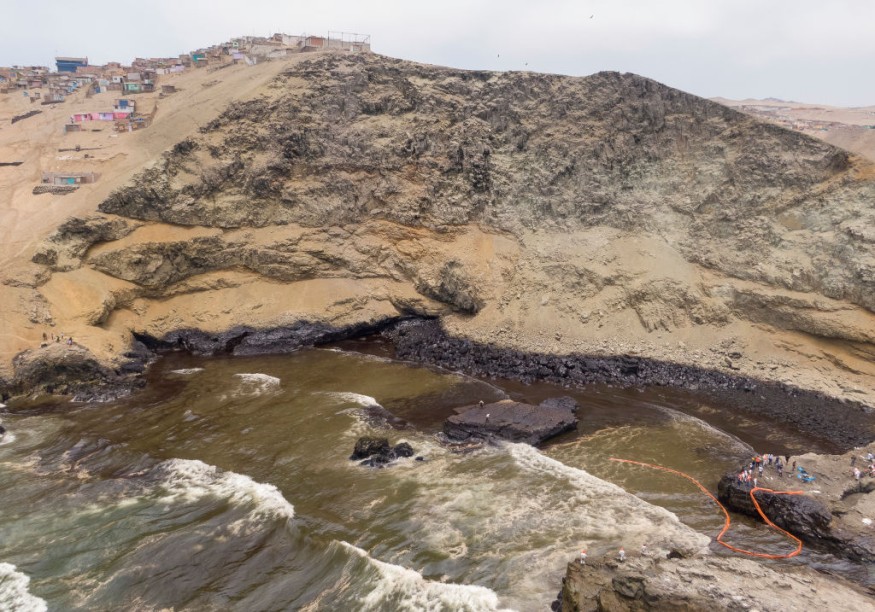
A latest study disclosed that ash flows from the Hunga Tonga-Hunga Ha 'apai Volcano were found to be faster compared to what has been triggered by earthquakes and floods.
Researchers have recently looked into the anatomy of a volcanic eruption under the sea.
What happened before
It was in December 2021 when an undersea volcano in the southern Pacific Ocean, with the name Hunga Tonga-Hunga Ha 'apai, had began erupting.
Experts said that the eruption had reached a powerful climax in January 2022, which then triggered atmospheric waves that traveled around the globe and a tsunami that swept across the Pacific Ocean.
Based on studies, the volcanic debris from the Hunga eruption had traveled under the sea at an unprecedented distance and at record-breaking speed, which was found to be more than 100 km, at velocities reaching 122 km/hour.
It was later found out that the volcanic eruption had destroyed a vast network of seafloor telecommunication cables.
Researchers described that the eruption, which is considered as the most powerful ever recorded with modern equipment, had triggered a deadly tsunami and "avalanche-like flows" of material that damaged underwater telecommunications cables connecting the said volcano with the rest of the world.
To determine the speed, scientists from Britain's National Oceanography Centre (NOC) used the timings and locations of the cable damage. They said that the volcano's eruption plume, up to 57 kilometers high, fell directly into the water as well as onto the steep underwater slopes.
They explained that the speed and power of the currents were so powerful that they had been capable of running at least 100 kilometers across the seafloor, resulting in the wreckage of the cables.
Experts have underscored that the flows from the said volcano were faster than those triggered by various weather events such as earthquakes, floods and even storms.
Largest ever-recorded
The eruption of the Hunga Tonga-Hunga Ha'apai volcano could be compared to a hundreds of atomic bombs, unleashing a 15-meter (50-foot) tsunami that later brough massive destruction residences.
Unfortunately, it also killed at least three people on the Pacific Island kingdom.
During its eruption, experts said the volcano had exploded almost 10 cubic kilometers of material that was equivalent to 2.6 million Olympic-sized swimming pools. It also blasted out debris which are more than 40 kilometers (25 miles) into the mesosphere or the level above the Earth's stratosphere
The pyroclastic flows that were released carried debris from the volcano along the sea floor that was at least 80 kilometers away.
These pyroclastic materials include deadly currents of lava, volcanic ash, and gases which were able to reach temperatures of 1,000 degrees Centigrade or 1,800 degrees Fahrenheit. They also have the speed of 700 kilometers per hour.
The said eruption had been compared to the infamous Krakatoa disaster which killed tens of thousands in Indonesia in 1883 or before the invention of modern measuring equipment.
Studies said that many volcanoes lie under the ocean but only a few of them are being monitored, and this means that the risk to coastal communities and critical infrastructure is still poorly understood.
The study that was conducted was the first to document what happened when large amounts of erupted volcanic material were directly delivered to the ocean.
Related Article : Tonga Volcanic Eruption Temporarily Increases Global Temperature Over 1.5 Degrees Celsius
Related Video:
© 2025 NatureWorldNews.com All rights reserved. Do not reproduce without permission.





